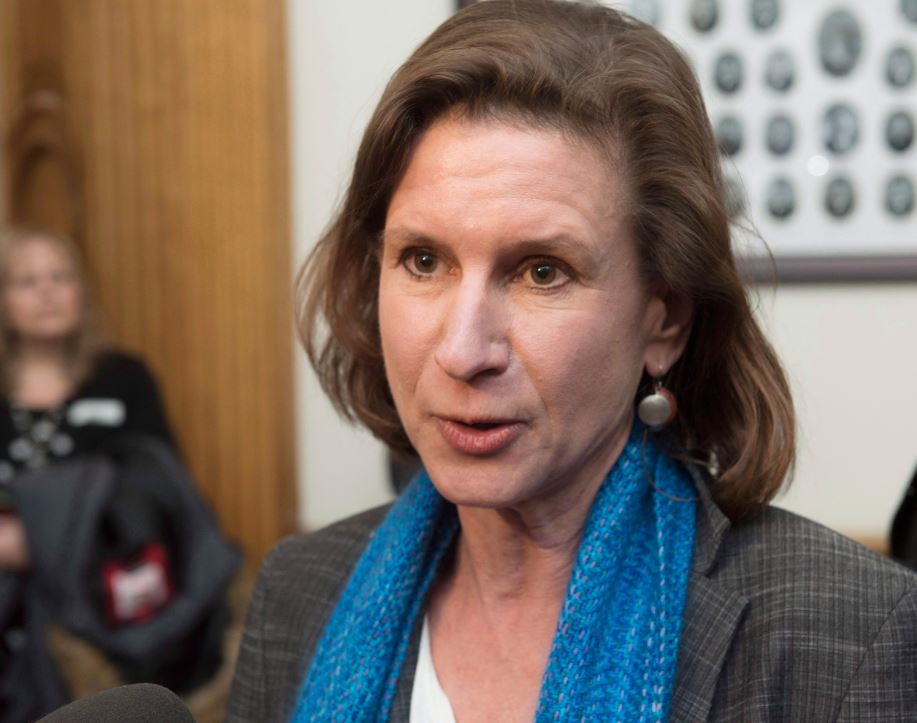More women are running for office in New Brunswick this year than in any previous provincial election, but one political scientist says that doesn’t mean more women will be elected.

“When you take a look at all the other provinces in the country, we’re among the lowest of the provinces in terms of gender representation in our legislative assembly,” said Joanna Everitt, a professor of political science at the University of New Brunswick’s Saint John campus.
In 2014, 71 women and 149 men ran for office. Only eight of those women were elected, making up 16.3 per cent of the legislature.
The percentage of women running for election has consistently risen since 2003, according to Elections New Brunswick data.
READ MORE: All our New Brunswick election 2018 coverage
That trend has continued in 2018 with 93 of the 241 candidates running this election being women – that’s 38.5 per cent.
Everitt says that while the trend of nominating more women as candidates is encouraging it doesn’t mean that they’re being nominated in ridings where their party stands a good chance of winning.
“Really what we need to look at is where those candidates are running,” Everitt said.
She added that women are as likely to be elected as men, depending on how successful their parties are going to be in a particular riding and that votes don’t swing to or away from a party.
Everitt says the fact that your party has gender parity among candidates means very little if your candidates are not going to have a chance of being elected to the legislature.
She pointed to the Greens or NDP as parties with gender parity who have had very little success in getting candidates elected in New Brunswick.
“Unless there is going to be some major change in the success rates of those particular parties none of those female or male candidates are going to get elected. So really, they’re not going to make a whole lot of difference in how many women are going to hold seats after the election is held,” she said.
Everitt said it is key to look at where Liberals and the PCs are running their women candidates and if you look closely those two parties haven’t changed the ridings where they will be running.
As a result, the likelihood of any sweeping change to the number of women in the legislature by the end of the election is very small, she said.
The signs are there that New Brunswick can change in the future, Everitt said, pointing to legislation passed by the Liberal government in March 2017 that provided an incentive for parties to recruit more female candidates.
New Brunswick was the first province to enact that type of legislation, though it has been debated in other provinces.
Everitt says that national organizations such as Equal Voice, have also worked to get more women elected, while New Brunswick’s political parties have made conscious efforts to recruit more women as candidates — likely because of the incentives established by the new legislation.
READ MORE: Parties inch closer to gender parity in New Brunswick election
This year the NDP — the only provincial party led by a woman — has selected female candidates in 25 of 49 ridings, or 51 per cent women. The party says its team also includes one person of colour, one Indigenous candidate, and two openly transgender candidates.
In terms of gender parity, the Greens are close behind with 49 per cent female candidates. Three of its candidates are also Indigenous.
The Liberals sent out a press release before the campaign began touting their record number of female candidates.
But they are further away from gender parity than either the Greens or the NDP.
The Liberals have selected 19 women in 49 ridings, meaning only 39 per cent of their candidates are women.
The Progressive Conservatives have 14 women and 35 men running.










Comments